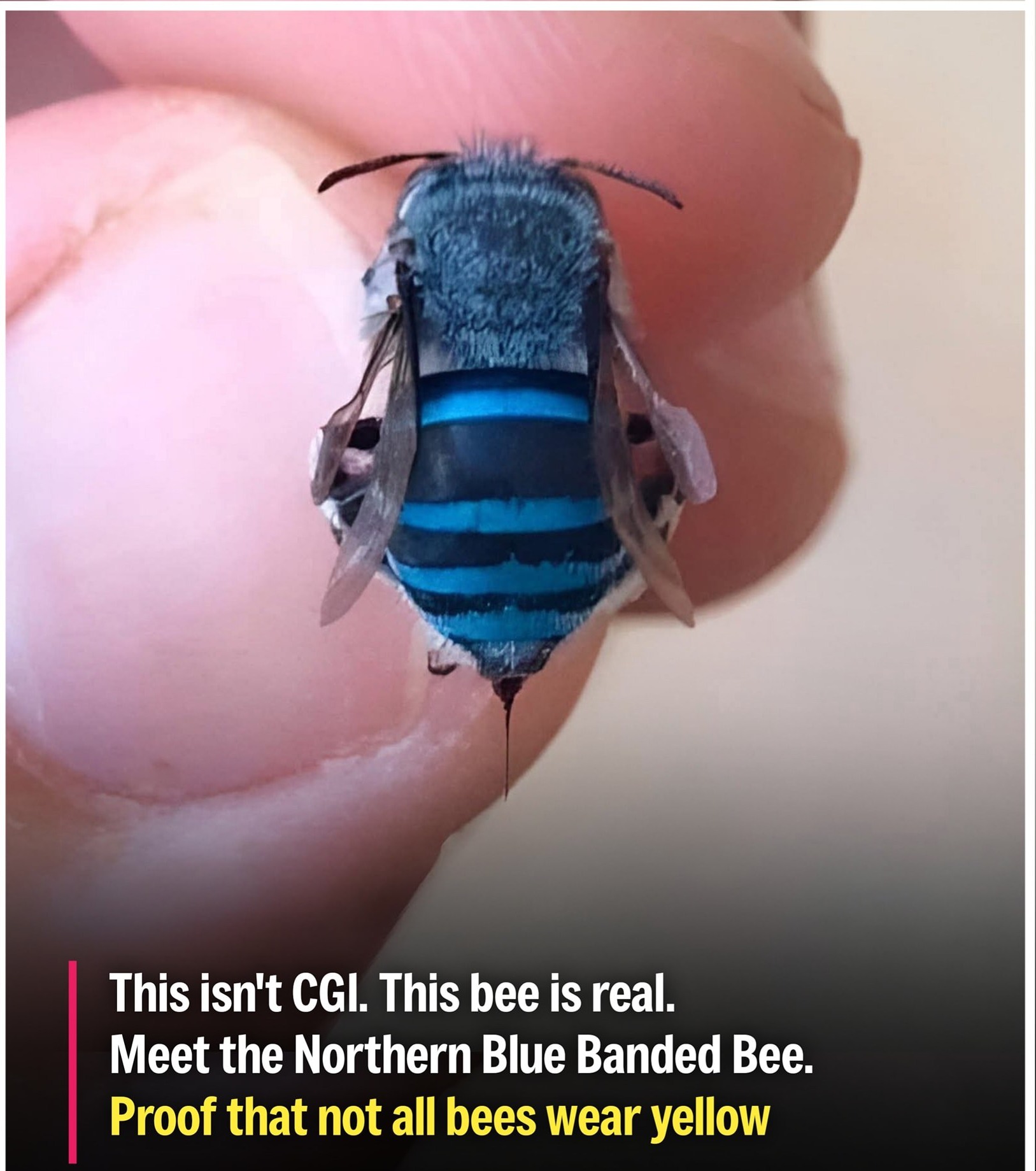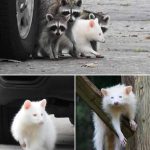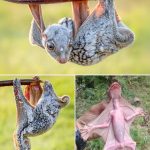Electric Blue in a Golden World: The Rebel Power of the Northern Blue Banded Bee

Electric Blue in a Golden World: The Rebel Power of the Northern Blue Banded Bee
In a world coded in gold and black, where honeyed order reigns and buzzing wings serve a single queen, one tiny rebel has chosen another path. You’re looking at a glitch in the system — a bee that ditched the yellow, defied the hive, and wrapped herself in electric blue. She’s the Northern Blue Banded Bee, a living contradiction of softness and ferocity, beauty and grit, solitude and necessity. While most bees are born into roles pre-written by nature, bound by their duty to the colony, this bee hums her own rhythm through the wild corridors of Australia and Southeast Asia. She doesn’t answer to a queen. She builds no honeycombs for royal heirs. She’s not here to serve. She’s here to stir the world awake — one impossible flower at a time.

To the untrained eye, she’s small — even forgettable. She doesn’t command the attention of a honeybee hive or the mythic status of bumblebees with their fluffy coats. But if you catch her in the right light, hovering over a flower, wings vibrating in a blur, you’ll see it: five brilliant blue bands across a deep velvet abdomen, glowing like tiny rings of neon against a dark canvas. The Northern Blue Banded Bee is a visual shock — nature breaking its own color rules. In a palette of yellows, blacks, and browns, she’s the glitch. The exception. The rebel.
And she’s not just different in appearance. Her lifestyle defies the norm. She is solitary by choice, choosing to build her own small mud nests tucked into crevices or soft soil rather than contribute to the grand architecture of a hive. No worker caste. No sterile females. No honey. No dance language or drones or queen drama. Just instinct, precision, and a mission as vital as any colony’s: pollination. But where others skim surfaces, she shakes the very structure of the flower to unlock its deepest secrets.

You see, while most bees buzz, the Northern Blue Banded Bee vibrates. Her wings beat at an astonishing 350 times per second — not just to fly, but to shake pollen loose from flowers designed to withhold it. This act is called “buzz pollination,” or sonication, and it’s a rare gift in the bee world. Only a handful of species can do it. Honeybees? They don’t stand a chance. They flit and sip, but the pollen remains hidden deep inside specialized flowers that evolved to open only to those who know how to ask — or rather, how to shake. And our electric blue heroine? She doesn’t ask. She demands.
Tomatoes? Eggplants? They don’t bloom for just any visitor. They bloom for her. Her vibration unlocks the pollen chambers of flowers that most bees can’t even access. Without her, many of these plants would go unpollinated, their potential fruit withering before it even begins. Her tiny act — invisible to most — sustains ecosystems and feeds humans across the globe. Every salad, every stew, every market overflowing with produce owes a quiet debt to the work of this one determined bee. In this way, she isn’t just a rebel. She’s essential.
But even among the essential, she is rare — and in danger. Like so many pollinators, the Northern Blue Banded Bee faces the slow devastation of habitat loss, pesticide use, climate change, and monoculture agriculture. Her solitary nature, once a sign of freedom and independence, now leaves her more vulnerable than her hive-bound cousins. With no colony to fall back on, no army to shield her, each individual bee must find her own way — and survival becomes not just a matter of instinct, but of miracle.

Yet, she persists. She builds her nests in cracks in concrete walls, in garden pots, in the forgotten corners of cities and farms. She adapts. Where the golden bees thrive on structure, she thrives on resilience. She doesn’t ask for help. She doesn’t wait for protection. She keeps vibrating. Keeps seeking. Keeps unlocking life where none should grow. And in that persistence, she becomes a symbol — not just of ecological necessity, but of quiet resistance.
To observe her is to fall in love. Gardeners in Australia speak of her with reverence. Her favorite flowers — bluebells, native peas, lavender — bloom brighter in her presence. Scientists study her movements, trying to learn how her buzz can be harnessed for more efficient farming. Artists paint her. Photographers chase her shimmer through sunlit gardens. Children marvel at her color, imagining her as a character in nature’s own comic book. She captivates not because she’s loud, but because she’s real. A tiny creature doing extraordinary things, mostly unseen.

You think beauty is soft? You think wildness is chaos? The Northern Blue Banded Bee is living proof that beauty can be fierce, and that the most precise, disciplined forces are often the ones born in rebellion. Her body — streamlined for flight, her wings — calibrated for sonic impact, her color — a warning and a wonder. She is not gentle. She is necessary.
When the wind threatens her nest, she rebuilds. When the flowers change with the seasons, she adjusts her flight paths. She is a cartographer of bloom, mapping out survival with every petal she lands on. She writes history in pollen. The meals you eat. The seeds you plant. The forests that grow. All linked, invisibly but undeniably, to her electric wings.

And perhaps that’s what makes her story so vital right now — in an age of collapse, of climate anxiety and mass extinction, here is a reminder that power often lives in the margins. That resistance doesn’t always roar. Sometimes it hums, 350 times per second. Sometimes it comes in a body barely the size of your fingernail, painting the world with blue stripes and impossible determination.
We talk often of saving bees, of protecting hives and conserving biodiversity. But too rarely do we speak of the solitary ones — the quiet ones. The bees who have no queen, no subjects, no honey to tempt us. The Northern Blue Banded Bee is one such solitary soul. She asks for nothing and gives us everything. She pollinates our food, decorates our flowers, and reminds us that even the smallest acts — when done with relentless passion — can reshape the world.

In gardens and fields, on rooftops and riversides, she is out there now. Buzzing not for noise, but for meaning. Vibrating not for flight, but for life. Electric blue against a golden world. A living glitch in the system. A miracle coded in muscle, mission, and motion.
She is beauty. She is purpose. She is power. And if we’re lucky — if we listen closely — we’ll hear her hum echoing across the blooms.








